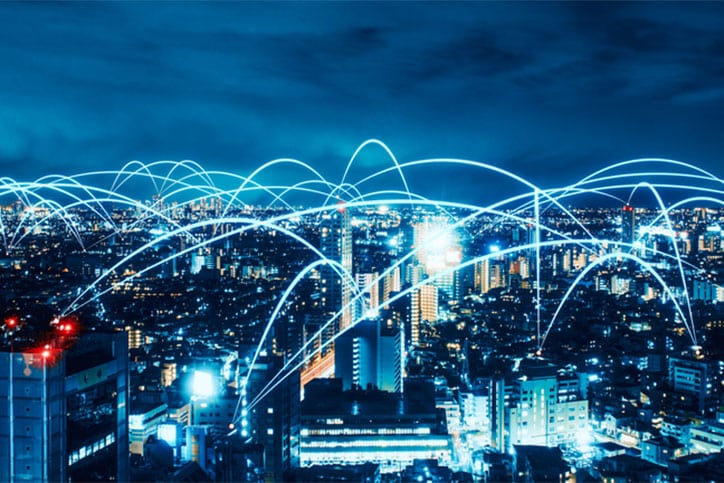Supply chains are the veins of the United States; keeping those veins pumping is crucial to the country’s economic prosperity. Those supply chains seem to be in a constant state of flux, though, with issues such as a decreasing number of drivers, stricter regulations, and increasing fuel costs all working together to pressure the successful movement of freight between ports, wholesalers, and retailers.
Technology moves on at a fast clip and has a significant impact on our lives, and now technology in the form of IoT can completely revolutionize the trucking industry. IoT is the acronym for the ‘Internet of Things’- a way of connecting physical objects via the internet to management hubs and allowing the hubs to work out the best course of maintaining a smooth supply chain all over the country.
People in 2022 Won’t Accept Products That Take Forever to Arrive
If you are of a – certain – age, you may recall ads for products in the back of comic books. One common motif of those ads was the mantra regarding delivery – ‘please wait 28 days for delivery’. Try telling someone in 2022 that if they order something online, it could be close to a month before their order is fulfilled.
When people order items online, they pay little consideration to how their order gets to them. They probably think that a delivery driver drives to point A to pick up the item and then drives to point B to deliver. Of course, any transportation company that works so inefficient would soon go out of business. Customers also want to be able to track their deliveries in real-time.
The logistics for matching customer expectations with the highest possible levels of efficiency are a nightmare. Say there are two pick-up points close to each other and two delivery points close to each other. Optimizing the deliveries is very simple. But what if there are one thousand pick-up points all over the country and one thousand delivery points too? How on earth is anyone supposed to optimize that delivery schedule to keep fuel, labor, and maintenance costs down to a minimum?
The Internet of Things is a Sophisticated Way of Creating Advanced Logistical Solutions
This is where IoT comes in. Sensors can be installed in all the elements of the distribution chain, right from the warehouses and vehicles, and the products themselves. Software can be used to track all these individual elements and propose the most efficient – in terms of cost and environmental considerations – logistics plan possible. The software is becoming increasingly complex and efficient thanks to advances in Artificial Intelligence and Machine Learning.
For a basic example, a driver takes a product from point A to point B. During the journey, a customer places an order at point C – halfway between A and B, and requires delivery at point D, which is only a few miles away from point B. The software can instruct the driver to make a quick detour for pick up and then deliver to point D after point B. Such efficiency is impossible with a paper-based system; the more connectivity available across the US, the more efficient software-based logistic systems will become.
Speaking of efficiency, if you want to save money on your strapping products, then you need to visit Strapping-Products.com. No matter who currently supplies your strapping products, we usually will be able to offer you the same products at a reduced cost. To learn more about our wide array of strapping products, please contact us at (888) 803-8140 or online through our contact form.


